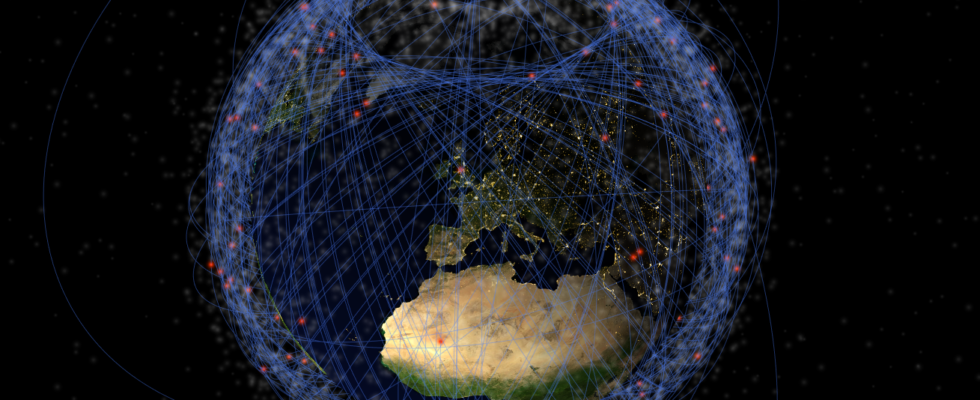After the publication of several sensationalist articles this week, the American government had to step up to the plate. The new Russian threat, if taken very seriously, concerns a future capability and does not pose an immediate danger. Speculation is rife, despite the space treaty…
The controversy arose from a leak from the Pentagon, which several independent sources told NBC News that Russia was developing a nuclear weapon against American satellites earlier this week. As of Wednesday, politicians were demanding public explanations from the White House. It must be said that when the news spread in the media, some did not show great restraint and debates had already broken out on the Russian use of a potential nuclear charge in space, modern echo of the very controversial essay “ Starfish Prime » of 1962. The United States then tested a bomb in low orbit, which had consequences on all of the (very rare) satellites of the time. Now that there are more than 7,500 active satellites in low orbit, the vast majority of which are American, the fears appear justified. And all the more so since Russia sent an unspecified defense satellite into space on February 9! Pentagon representatives fortunately calmed this excitement during a press conference on February 15.
No panic for the Pentagon
The Biden administration has actually confirmed that it is closely monitoring a new Russian threat in the anti-satellite field, which it has been following for several weeks and which it considers serious. However, according to the Americans, this is not a current capability nor an active threat today weighing on the country’s interests. “ There is no immediate danger to anyone », Confirmed John Kirby, the head of communications on American national security. As a result, the Pentagon also refused to make public the exact nature of this future threat nor to discuss the exact discussions with the Russian side… which annoys several politicians, against a backdrop of budgetary debates and accusations of being pro or anti-Russian because of new fundraising for Ukraine.
A bomb, a reactor or nothing?
If several media outlets have thus mentioned a nuclear weapon (which would violate the famous 1967 space treaty and seems implausible to many analysts in view of Russian space interests), others rather evoke the possibility of a satellite equipped with of nuclear technology, such as a small reactor to give it the power necessary to operate a high-energy weapon. In 2019 a project called Ekipazh, then TEM, called for a heavy satellite dedicated to transport in Russian orbit, also equipped with a small nuclear reactor. Perhaps Russia has made progress on an anti-satellite version of this future vehicle…
This avenue should not be neglected, given that other countries (France in the lead) intend to equip their satellites with “area defense” lasers, capable of damaging optics, antennas or on-board electronics. In any case, speculation is rife across the Atlantic, even if these declarations have helped to defuse the media frenzy. Russia carried out an anti-satellite weapon test in the fall of 2021, which raised several alarms for the International Space Station.
Source : Space News

14